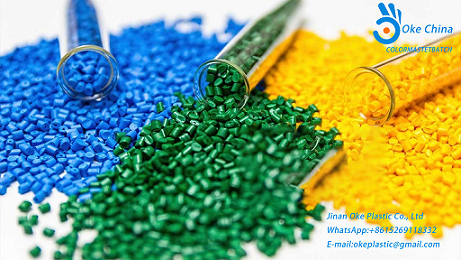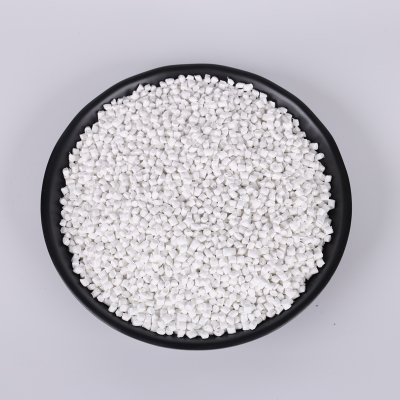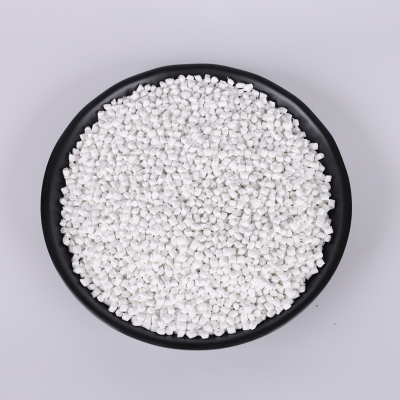From wires to pipes, how do color masterbatches impact the safety of industrial materials?
With the arrival of peak summer electricity consumption, the safe operation of power infrastructure is drawing significant attention. As key carriers of power transmission, the quality of wires and cables directly impacts the stability of the power supply system. Industry experts recently pointed out that the selection of insulation and sheathing materials for wires and cables is particularly critical. Masterbatches, as important coloring additives, have a performance directly related to the safety rating of cable products.
In wire and cable manufacturing, base resin materials such as polyethylene and polyvinyl chloride are typically colorless or transparent. According to the Masterbatch Industry Network, it is the addition of specialized masterbatches that enables various cables to achieve vibrant colors that meet industry standards. These colors not only serve as identification but also contribute to the safety regulations of power systems. The internationally recognized REAPE-200 standard has strict Munsell color code requirements for cable colors, and the tolerance range must be within specified thresholds.
Professional testing agencies emphasize that color masterbatches for wires and cables must meet six core specifications: color accuracy, uniform dispersion, high-temperature resistance, electrical insulation, anti-migration performance, and environmental safety. Especially during high-speed extrusion, masterbatches must withstand processing temperatures exceeding 260°C and must avoid any dispersion problems that could compromise insulation performance. The EU RoHS Directive's strict restrictions on heavy metal content are also driving masterbatch manufacturers to continuously improve product purity.
Market research indicates that the global thermoplastic pipe industry continues to expand, projected to reach US$3.39 billion by 2029. Although similar to wire and cable in the category of extruded products, plastic pipes are more focused on fluid transport. Currently, PVC pipes dominate the water supply and drainage sector, while PE pressure pipes are widely used in agricultural irrigation and oilfield operations. PPR pipes, due to their heat resistance, have become the preferred material for building heating systems.





